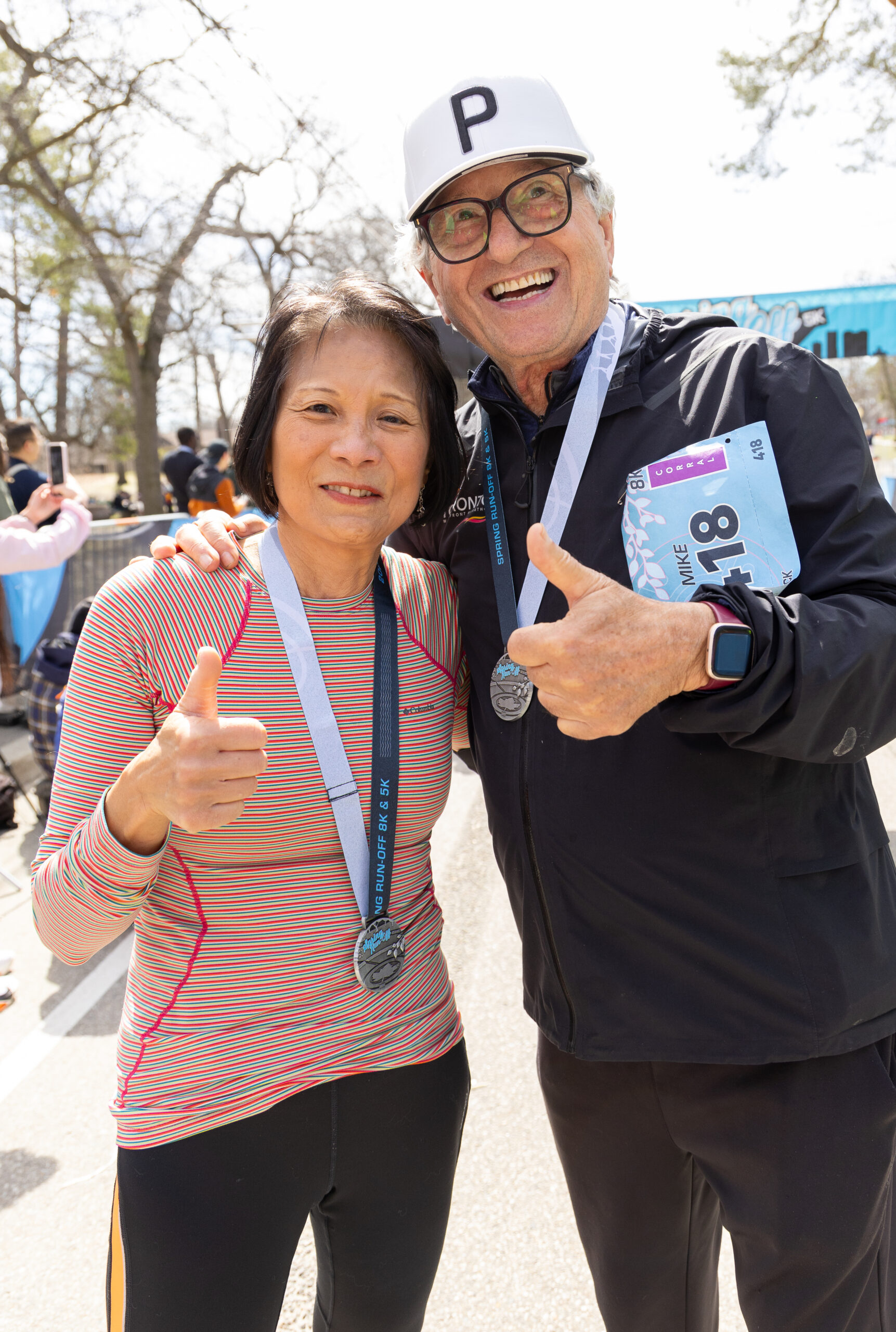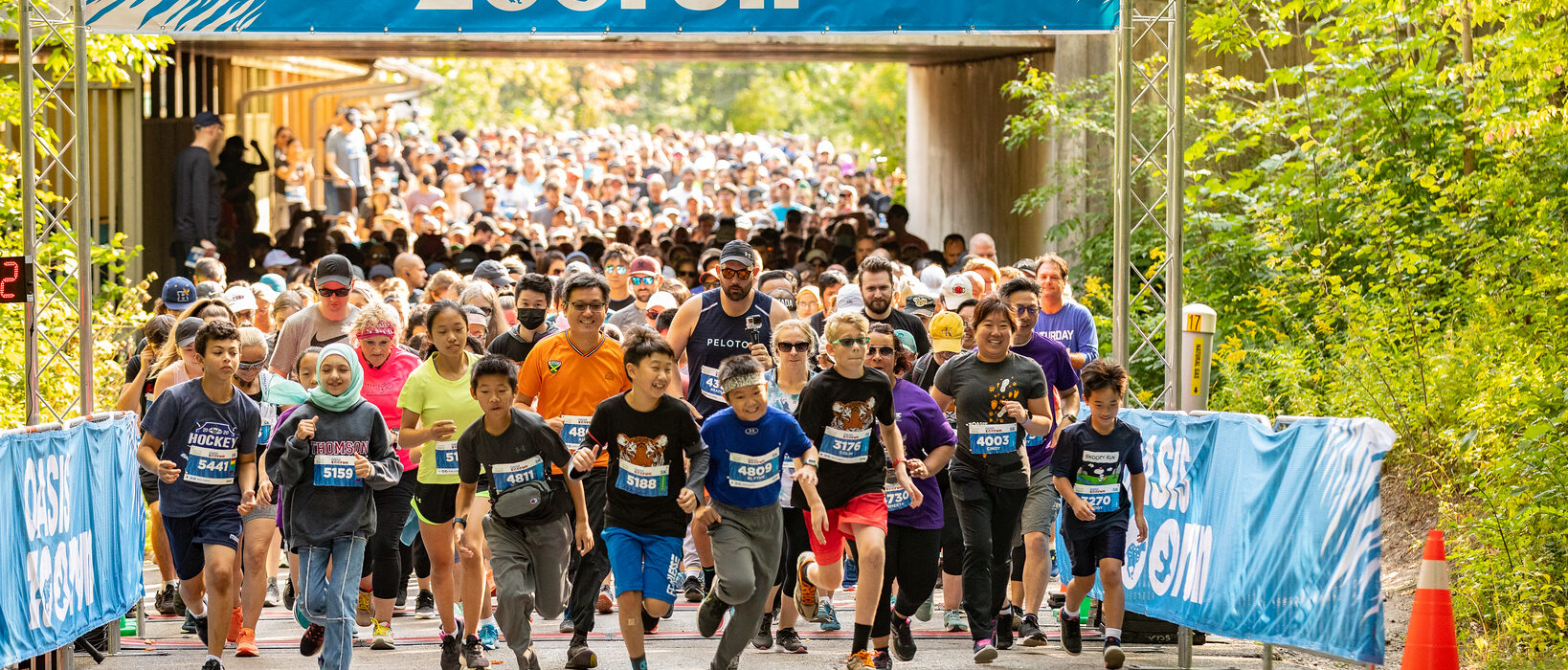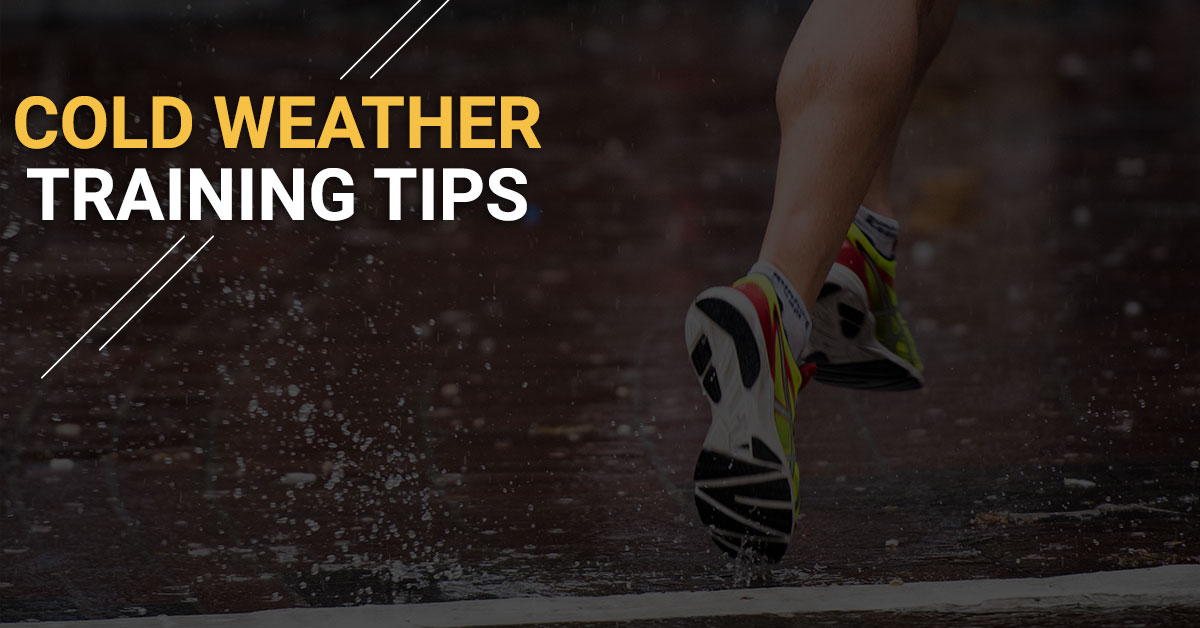
Snow and temperatures well below freezing levels aren’t typically found in a Vancouver winter. We west coast folks are blessed with rain and temperate conditions, so when Mother Nature decided to throw a real Canadian winter at us, it sent the running population into a frenzy. Combine the frigid temperatures with minimal daylight hours and the urge to stay inside to keep warm and dry, it’s tough to motivate yourself to get out the door. Here are a few ways to make cold winter running bearable:
Dress appropriately
Wearing the right apparel during your runs will help to keep you comfortable and safe. The key here is layering. Start off with a lightweight, breathable base layer; anything made with merino wool is a great option. Any technical material will wick away moisture from the skin, keeping you dry and warm. Next, depending on the weather, add a windproof or water-resistant shell/jacket. The most important thing is to stay as dry as possible; water-proof jackets aren’t as breathable and can cause you to sweat more leaving your clothes damp and cold underneath. Complete your winter outfit with good socks, again merino wool is excellent, and gloves/mittens. The benefit of layering is that if you begin to get too hot, it’s easy to de-layer and re-layer at any given point.
Stay safe
The days of winter are short and make most runs occur in the dark. Thankfully there are plenty of streetlights around the city, but combined with even the brightest of jackets, runners are not often seen. Wearing extra safety gear such as headlamps, reflective gear, and mini lights are a great start. They help you to see where you’re going and help others to see you.
Learn to adapt
Working out in the cold isn’t always the most comfortable; your nose runs, it’s harder to breathe, your hands and feet get cold, your eyes water and your cheeks sting. These are all part of the experience. Once you get used to running in sub-zero temperatures, the shortness of breath goes away, and wearing proper mitts and wool socks can help reduce any risks of frostbite. In really cold conditions it can be hard to determine your exertion levels especially when you aren’t sweating as profusely during hard workouts. It’s important to remember that even if you aren’t hitting your target pace, the effort exerted is still considered valuable training. Effort-based sessions are great and you’ll know when the weather is too extreme to safely train in. At that point adapt to doing an easier effort run and save the workout for another day, or hit up the treadmill.
Protect your eyes
Cold, clear days usually means beautiful sunshine and blue skies. However, if there’s ice and snow on the ground, the sun’s rays can reflect and be extremely harsh. Wearing sunglasses is an easy way to protect the delicate tissues of your eyes and can help prevent them from watering because of the cold or windy conditions.
Always have a change of clothes
Bundling up for a winter run is important, but remember that as soon as you stop, any sweat that has accumulated in your base layers will start to get cold very quickly. If you’re ending your run at home, jump in the shower and get warm clothes on as soon as you walk in the door. Heading for coffee with friends after? Be sure to pack lots of warm layers: tights, shirts, jackets, socks and for the ladies, a dry sportsbra. Keeping any wet fabric against your skin can cause a chill that’s incredibly hard to warm up from no matter how many coffees you have!
Don’t forget the H2O
Just because you aren’t sweating as much in cold weather doesn’t mean you don’t need to drink water during and after your runs. It’s just as important to remain hydrated during the winter as the harsh conditions can dry you out incredibly fast. If you’re taking fluids on your run, fill the bottle up with lukewarm fluids to prevent them from freezing or being too cold to drink comfortably.
Plan your route
Heaven forbid something goes wrong during a workout, but you want to be prepared for it if it does. Plan your running route ahead of time and let people know where you’re going. Ideally use a loop course that doesn’t take you too far from stores or residential areas so that in case of an emergency you’re able to get help or call for a ride home.




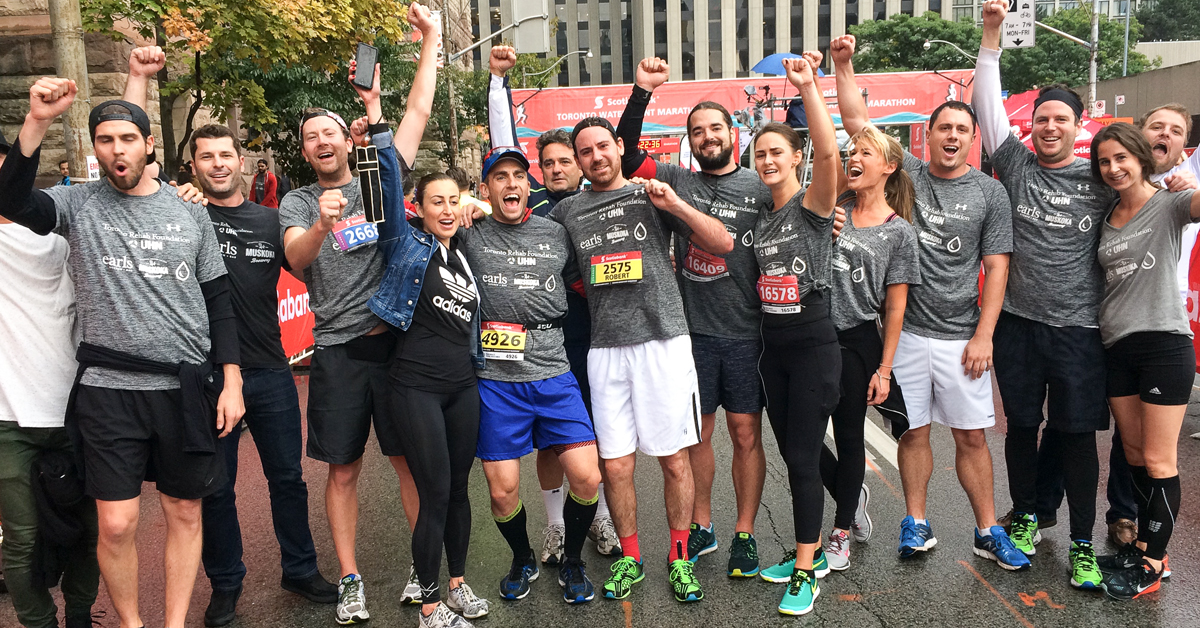
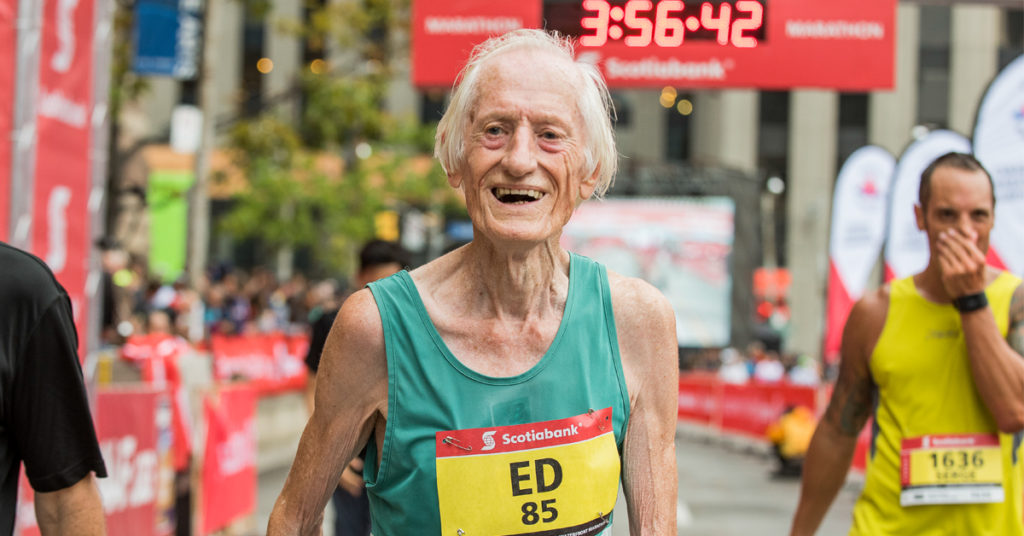
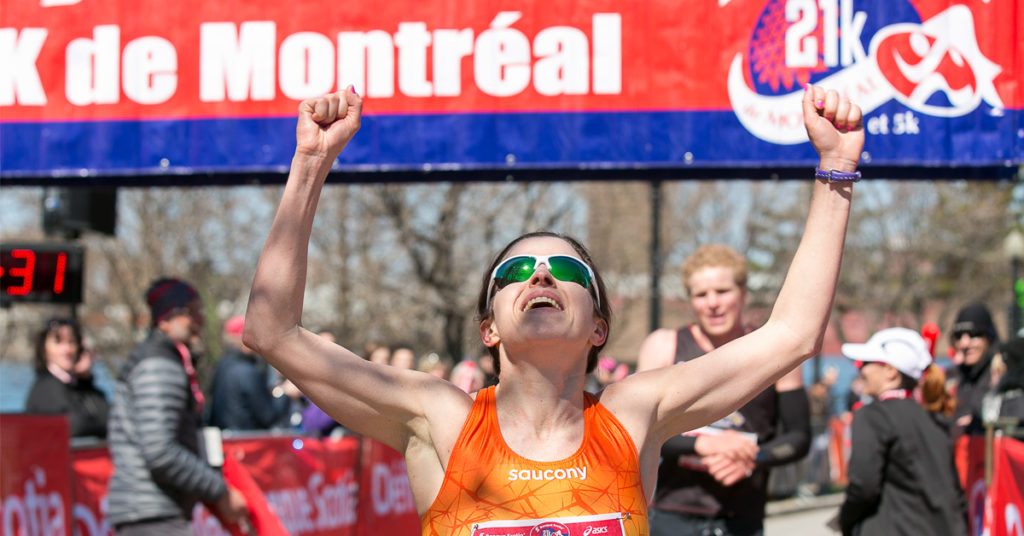

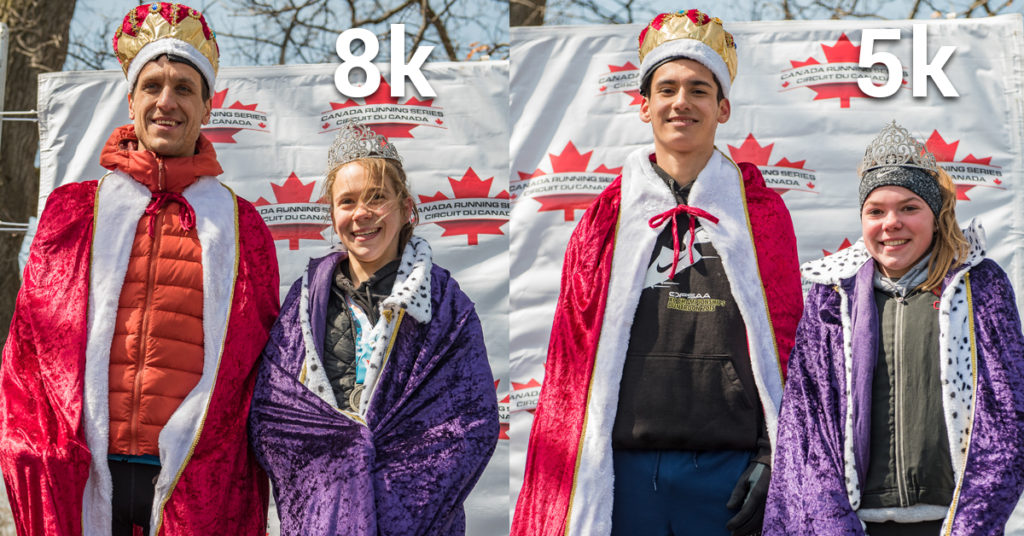
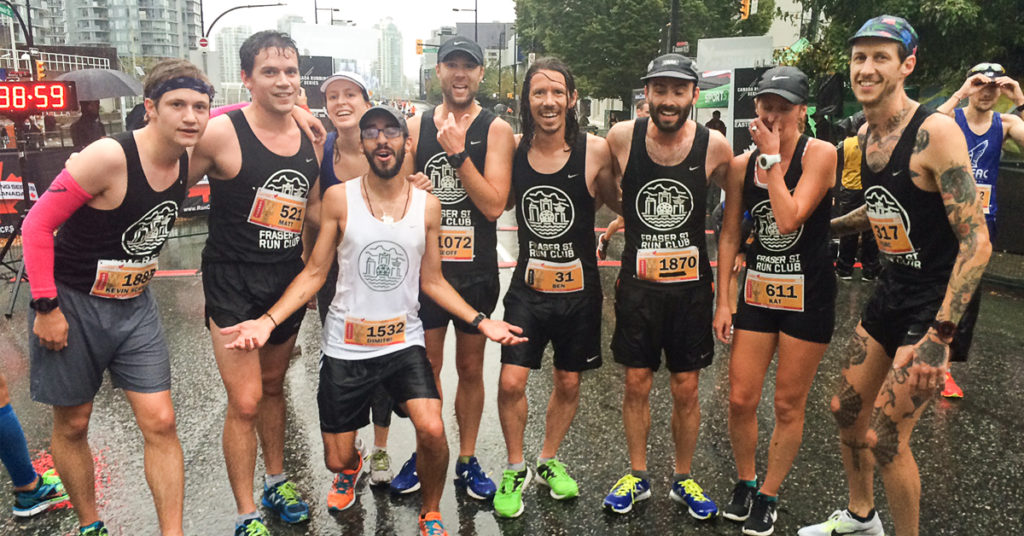
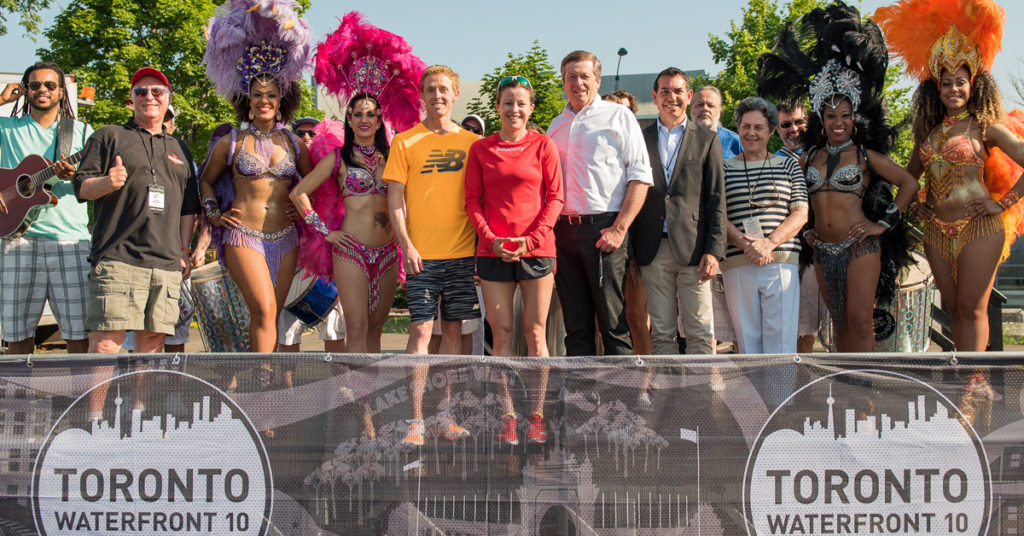
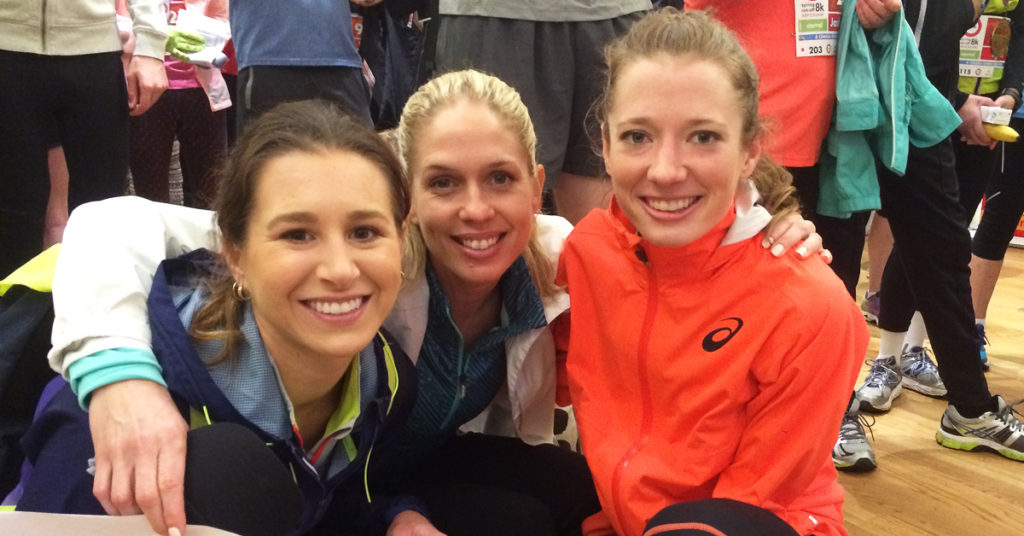
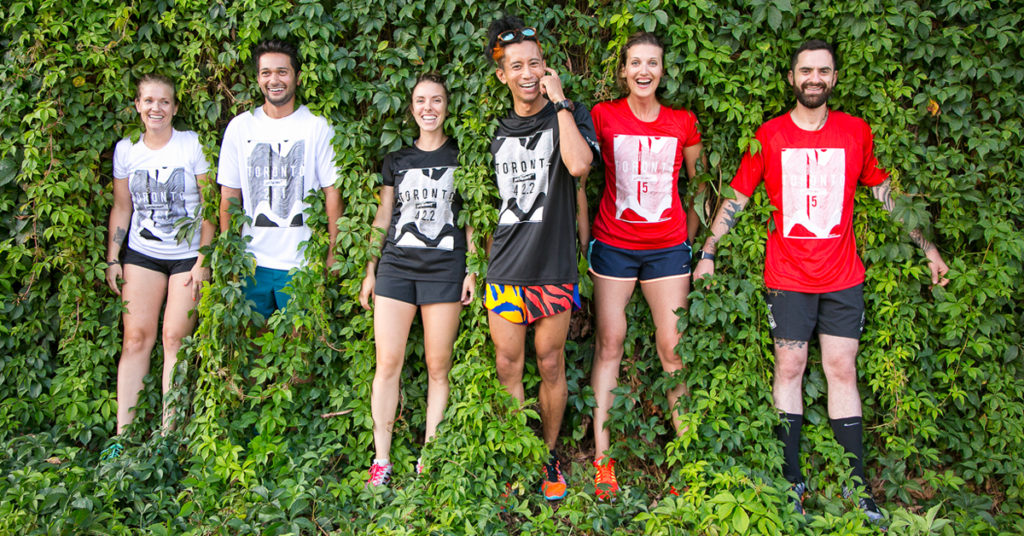
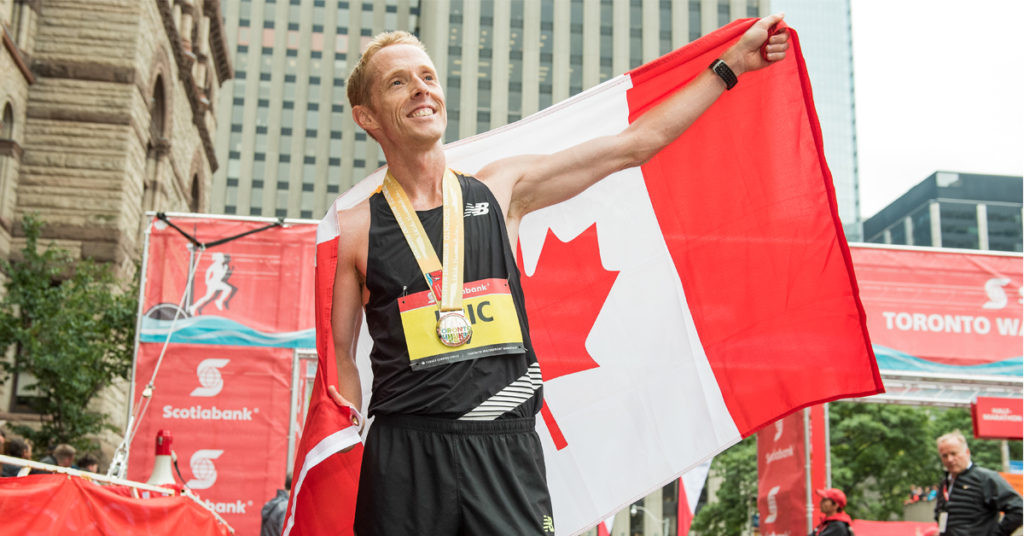
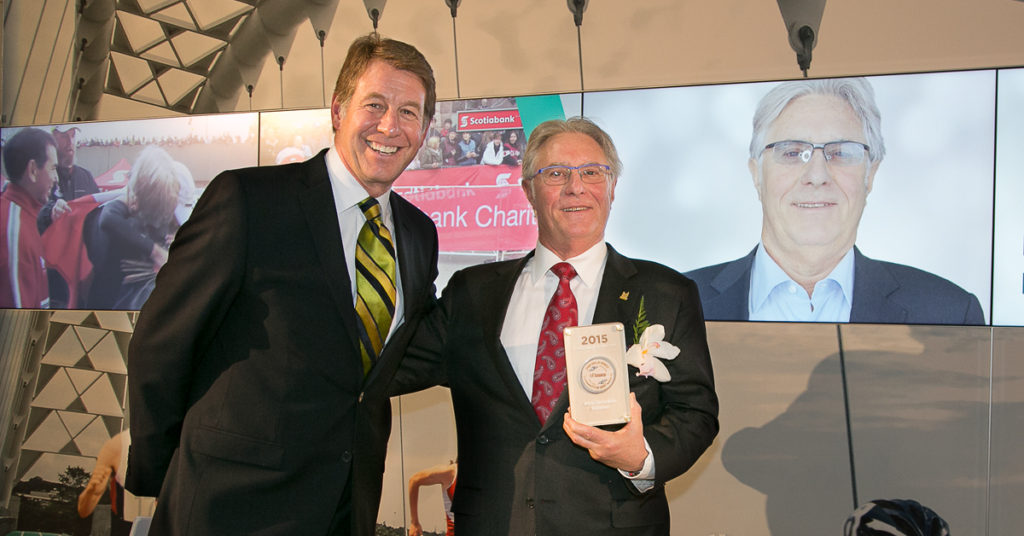

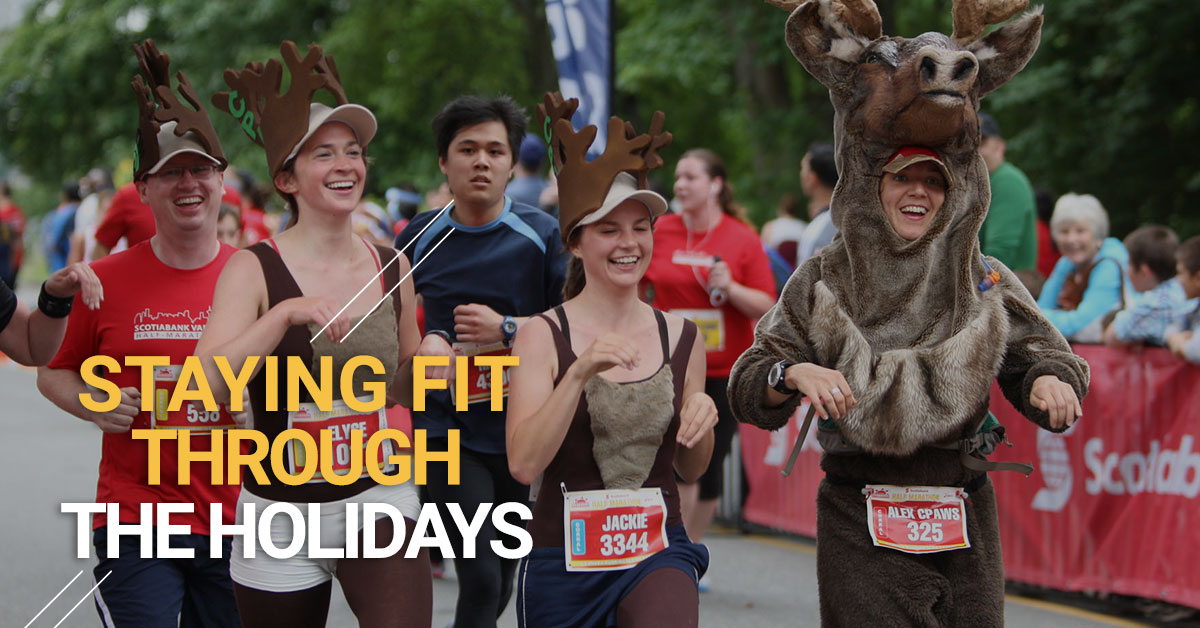
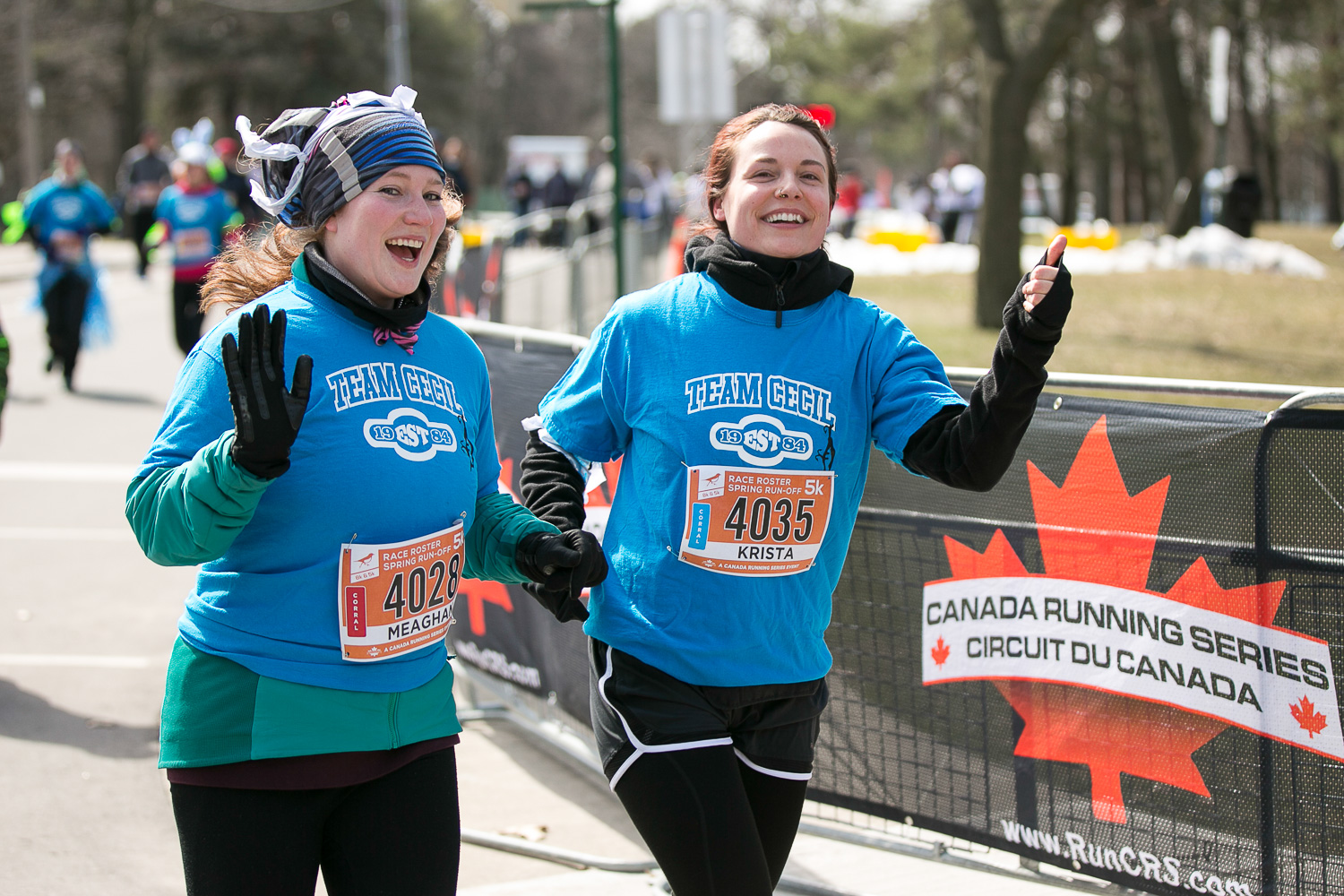

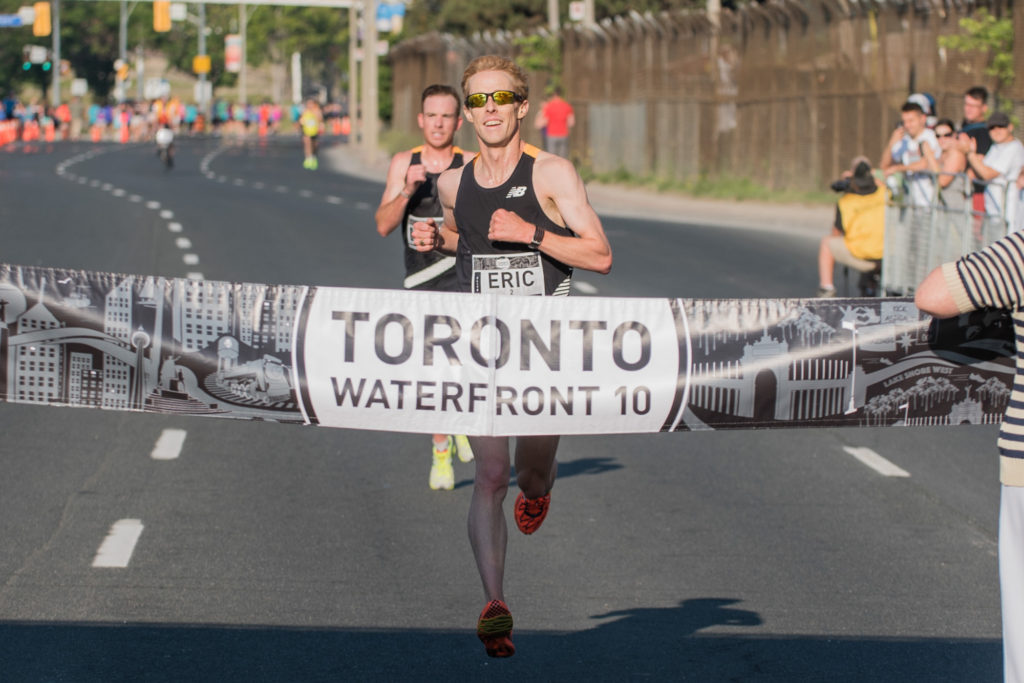 “There is not a lot of guaranteed money in this sport. Until I finished that race in Toronto – you have to finish all three races – so you can’t take anything for granted. It gets myself out racing on Canadian soil which I enjoy. It’s definitely a help to have that $5,000.”
“There is not a lot of guaranteed money in this sport. Until I finished that race in Toronto – you have to finish all three races – so you can’t take anything for granted. It gets myself out racing on Canadian soil which I enjoy. It’s definitely a help to have that $5,000.”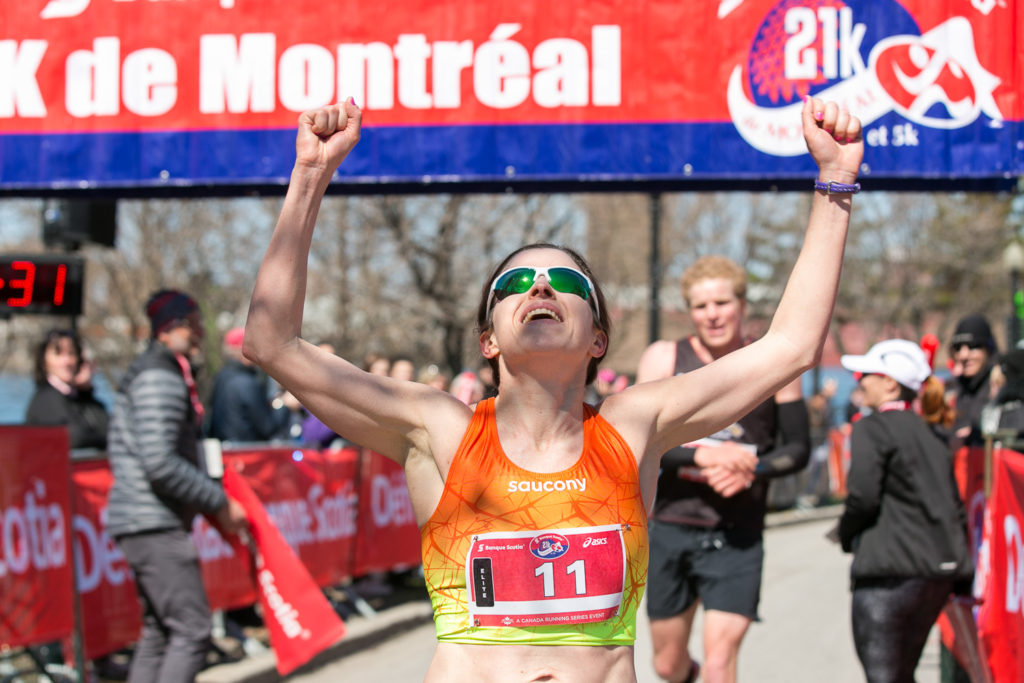 On January 9th DuChene will turn forty and has her eyes set on beating some of the Canadian masters records as well as improving her personal best times. No shopping sprees are planned so the $5,000 CRS prize will help pay down the mortgage on her house.
On January 9th DuChene will turn forty and has her eyes set on beating some of the Canadian masters records as well as improving her personal best times. No shopping sprees are planned so the $5,000 CRS prize will help pay down the mortgage on her house.



